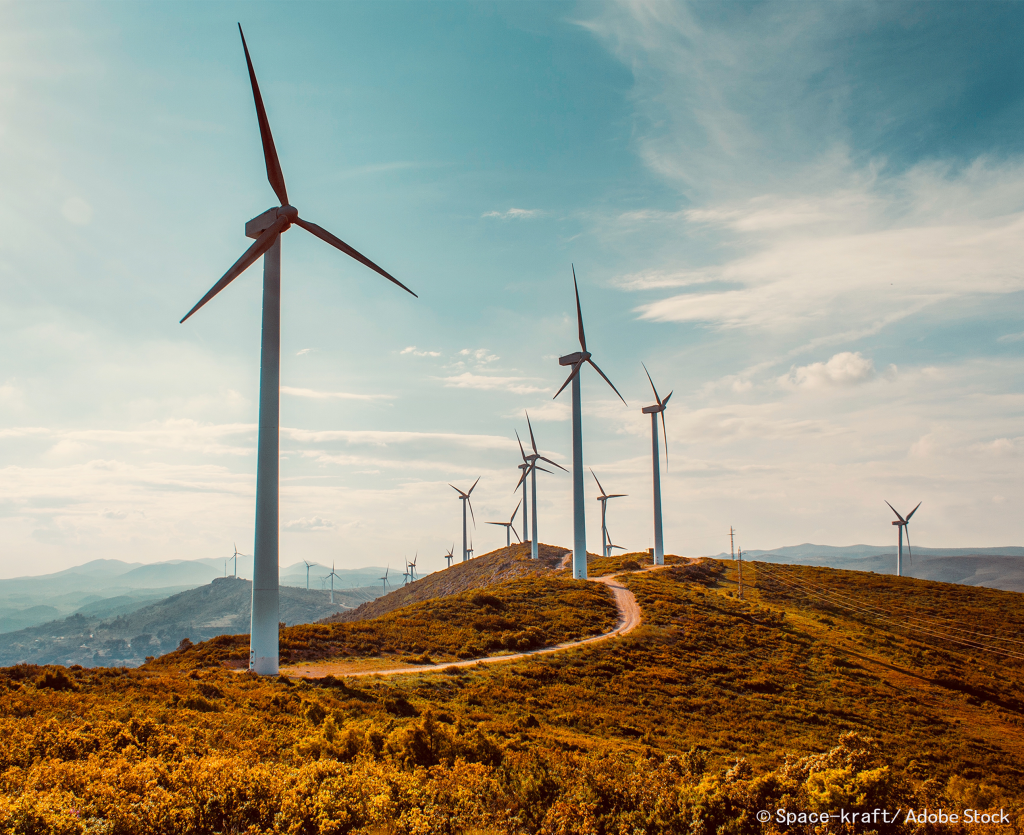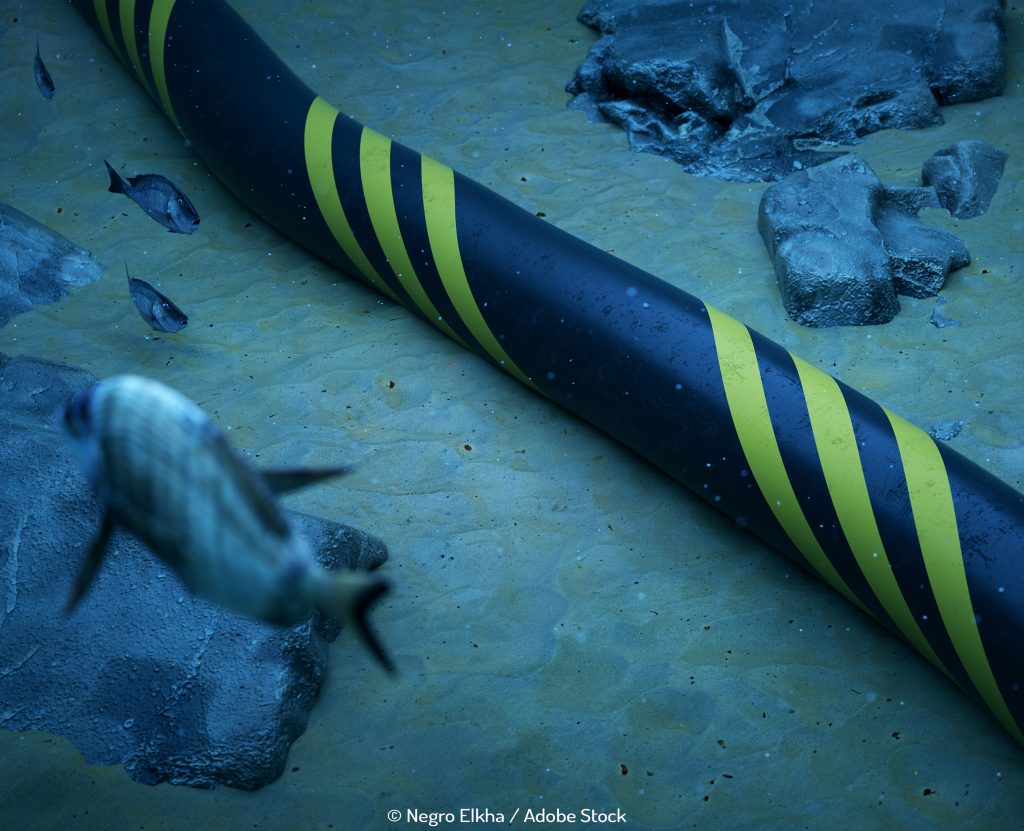
The bladeless future of wind turbines
From catastrophe to triumph – how a bridge collapse has led to a radical approach to wind energy.
David Yanez, an engineer and inventor was inspired after watching film footage of the infamous Tacoma-Narrows bridge collapse in 1940. He saw how wind-induced vibrations caused the bridge to fall and he asked himself how that energy could be captured to generate electricity.
Fast-forward to Yanez founding Vortex Bladeless, and the oscillating pillar is now a reality. This radical design eliminates the need for expensive, noisy and decidedly bird-unfriendly blades and instead works simply by the turbine oscillating.
Though climate change poses a far greater threat to wildlife than turbines, there’s no doubt that it does have an impact particularly when farms are poorly sited in areas of high activity. And issues such as noise and the visual impact have also hampered the adoption of this renewable technology.
However in the foreseeable future, the reliance of wind is only expected to increase and therefore it’s been considered important to invest in emerging technologies to resolve the problem. Again, as we see with underwater robots – a design thinking approach has delivered the goods.
The bladeless turbines contain only a few moving parts, dealing with both the noise problem and the threat to birds. It also delivers a bonus in that the cost of manufacturing is reduced and so too is the cost of maintenance. Because they take up less space, more can be installed than on traditional farms. All in all – these factors are helping the market’s rapid growth.
One downside that needs to be tackled is the conversion of wind power into electrical energy. Until this happens, it will limit its attractiveness for a large-scale market. However political pressure is ramping up the need for increasing renewable energy sources, and where there’s a will there’s a way.


